What is Cat Chin Acne?
Article

The Causes of Bladder Problems in Cats
A cat’s urinary system can become inflamed or suffer from a build-up of minerals in the bladder. These minerals can eventually crystallize together to form 'stones'. Bladder stones, also called uroliths, can irritate the urinary system and block the passage of urine. Older cats that pee more frequently can also suffer from chronic kidney disease or other systemic illnesses.How Can I Protect Against Cat Chin Acne?
Your vet can help treat your cat’s acne, but there’s always a possibility that the condition may return. Although we have a relatively limited understanding of cat chin acne, it’s thought that improving a cat’s hygiene, grooming habits, and home environment may help to reduce the chances of an acne flare-up. As such, your vet may suggest:
- Replacing any plastic food and water bowls with glass, ceramic, or stainless-steel alternatives.
- Thoroughly cleaning your cat's food and water bowls.
- Cleaning your cat’s chin and face regularly and brushing the adjacent hair. Your vet may recommend using a particular cleanser or topical medication.
- Adding omega-3 fatty acid supplements to your cat’s diet to improve their skin health. Some specially formulated diets are purposefully designed to support cats with skin issues and contain enhanced levels of omega-3 fatty acids. This may be beneficial to some cats with skin acne and eliminate the need for providing oral or chewable supplements.
- Allergy treatments. A change in diet may be beneficial to cats with food allergies, for example.
- Reducing your cat’s stress. Many things can trigger a stress reaction in cats, including loud noises, conflicts between cats, or the arrival of a new pet or family member. Limiting your cat’s exposure to stress factors and enhancing your home environment with toys, boxes, and climbing apparatus may help to reduce your cat's anxiety and subsequent breakouts of acne.
How Do Cats Get Chin Acne?
Several studies have been conducted to try and find a cause, but right now we don’t have an exact answer. Some of the evidence indicates that an over-production of sebum can predispose hair follicles to blockages, while other studies have shown that cats living in the same household can develop acne, which may indicate that cat acne isn’t an inherited condition but may be caused by some other commonality.
However, it does seem like certain diseases and environmental triggers increase the likelihood of a cat developing acne. These include:
- Food allergies
- Environmental allergies
- Stress
- Poor grooming
- Ringworm
- Demodex mites
- Some autoimmune conditions
Cats that eat and drink out of plastic bowls seem to be more at risk of developing chin acne. This may be because plastic dishes are harder to clean than metal, glass, or ceramic varieties, and bacteria can become trapped in the minuscule scratches that naturally occur in plastic bowls.
How Does Chin Acne Affect Cats?
The signs of cat chin acne will appear on the cat’s upper and lower lips and the chin itself. Examining these areas, you may see:
- Blackheads
- Discharge or fluid
- A dirty-looking chin
- Redness
- Swelling
- Crusts and lesions
In most situations, cat chin acne is painless, but a cat’s mouth area can become itchy and sore in some severe cases. If your cat is suffering from chin acne in combination with another condition, like ringworm, you may see other clinical signs too, such as hair loss.
How to Treat Cat Chin Acne?
If you spot any of these signs, arrange to see your vet. While cat chin acne may seem like a minor complaint, it can worsen if left untreated and there are steps you and your vet can take to help reduce the likelihood of a recurrence. And as we’ve already highlighted, your cat’s acne may be the result of an underlying issue like allergies or parasites, which will require immediate treatment.
A vet will usually diagnose cat chin acne by observing the cat’s clinical signs and reviewing their medical history. Further tests such as skin scrapings, skin biopsy, or dental x-rays are sometimes needed to rule out other conditions like mites, an autoimmune disease, or an infected tooth.
Cat chin acne treatment, carried out by a veterinarian, typically involves shaving and cleaning the affected area, flushing out the hair follicles if needed, and cleansing any damaged skin with an antiseptic wash. In some instances, topical or oral antibiotics, steroids, or anti-inflammatories may also be needed.
Cat chin acne is a common skin condition for cats. While the condition isn’t well-understood, there are things you can do to help prevent a recurrence.
Cats can develop acne just like we can. In cats, however, the skin issues are often focused in the area around the lips and chin – which is why feline acne is also known as cat chin acne.
What is Cat Chin Acne?
The condition is caused by an excess production of keratin, a protein found inside skin cells. When too much keratin forms around hair follicles it can cause a blockage. Comedones, small flesh-colored, white, or dark bumps on the skin form due to the blockage. If bacteria infect comedomes, it can lead to swelling, inflammation, and the creation of pimples and pustules.
Unfortunately, feline acne is poorly understood, and we don’t know exactly what causes it. For some cats, chin acne is a one-off event while other cats will be repeatedly affected throughout their lives.
Bacterial and fungal infections can cause skin issues in cats and may present a serious danger to their health. Some types are highly contagious and may spread to other animals and even people.
Dermatitis is a very common health complaint for cats and accounts for a large proportion of medical veterinary appointments1. Two of the conditions that can cause skin problems in cats are bacterial and fungal infections.
What is Cat Dermatitis?
Dermatitis is the name used to describe skin inflammation. If a cat has dermatitis, their skin may become itchy, red, and show signs of hair loss. They may scratch themselves excessively and groom more than usual.
A cat will typically develop dermatitis when their body reacts to something in the outside world. It could be triggered by a food allergy, an external parasite, or allergens in the environment, like pollen or dust.
Certain bacteria and types of fungi can also cause dermatitis in cats. In this article, we’ll look at how these infections may affect cats, review the signs associated with two of the most common bacterial and fungal infections, and investigate the various treatments a vet may recommend.
Management Options for Skin Problems in Cats
If you spot any of these clinical signs or suspect your cat is suffering from a bacterial or fungal infection, contact your vet immediately.
While some of the symptoms we’ve listed here may be caused by other less severe conditions, it’s always best to get a professional diagnosis for the well-being of your cat. Moving onto management options quickly will also help to limit the possibility of transmission to other animals or people.
Diagnosis and Treatment of Cat Staph Infection
As well as observing symptoms, a vet will usually analyze a cat’s blood and urine if they suspect a staph infection. They may also conduct skin tests to rule out some of the other conditions that cause dermatitis, like allergies and parasites.
If a cat has a bacterial infection, such as staph, it could indicate that their immune system has been compromised by an undiagnosed underlying condition, and so this will need investigating.
Staph infections are most often treated with oral or topical antibiotics. If a cat has skin lesions, a medicated shampoo may be needed to promote healing. Other treatments will depend upon the underlying condition behind the infection.
Diagnosis and Treatment of Cat Ringworm
The signs of ringworm are often mild, which makes the condition hard to detect.
A vet may attempt to diagnose ringworm by using an ultraviolet lamp, which makes certain types of fungi fluoresce (glow). But in many cases, further testing is needed.
In their search for signs of dermatophytes, a vet may need to analyze hair under a microscope, grow cultures from skin and hair samples, take a skin biopsy, or conduct a PCR test. Fungal cultures take time to grow, and you may need to wait at least 10 days or even longer for a result.
Once diagnosed, ringworm is usually treated with a mixture of anti-fungal oral medications and topical remedies, like creams and shampoos. Your home environment will also need treating for fungal spores, especially areas the cat frequents.
These treatments need to be applied rigorously, and the cat’s owners will need to remain committed to using them until the vet confirms that the cat is free from ringworm. Otherwise, the disease may recur. The treatment period for cat ringworm can last between three weeks to several months.
Any pets with ringworm should be separated from non-infected pets, and ideally isolated to rooms that are easy to keep clean. This is because infected spores often fall from the cat into their environment.
Thankfully, most cats recover from ringworm with the appropriate treatment.
If you have any questions about bacterial or fungal infections or suspect your cat is suffering from either condition, speak to your vet.
How Do Bacterial and Fungal Infections Differ?
Bacterial and fungal infections can both result in cat dermatitis issues. The way in which these issues arise vary, so it's worth understanding the difference between bacterial and fungal skin infections in cats.
Bacterial Skin Infection
Just like you, cats have an immune system that protects them against harmful bacteria. But if a cat is sick, very young, or elderly, their immune system may be too weak to deal with the bacteria they encounter. In these instances, harmful bacteria can multiply, which may lead to an infection and even a major illness.
Certain types of potential harmful bacteria naturally exist on a cat’s skin. If a cat’s immune system is compromised, these bacteria are more likely to spread and cause a skin infection.
Fungal Skin Infection
Your cat will naturally encounter fungi as they interact with the world – when they eat, inhale, and touch substances in their surroundings.
Many kinds of fungi exist in North America, and most are harmless to cats. But some varieties produce spores that can be damaging.
The symptoms a cat experiences will vary depending upon the type of fungi that infects them. Certain ones may affect a cat’s eyes or nose, while others harm the urinary, respiratory or nervous systems. Several kinds of fungi can cause dermatitis in cats.
What are Some of the Types of Infectious Dermatitis in Cats?
Staph
Staph is a highly transmittable bacterial skin infection that can easily pass between animals and may even move from animals to humans. While staphylococcus bacteria can be found in the environment, they’re also naturally present on the skin of people and animals, like cats.
If a cat is scratching their skin excessively, has a diminished immune system, or is suffering from a skin condition like allergic dermatitis, the staphylococcus bacteria on their skin may take advantage of the situation, and spread. Staph can affect cats of every age and breed.
Ringworm
Cats, dogs, and humans can all be affected by ringworm if they come into direct skin contact with an infected animal or a contaminated object.
How Does Fungal and Bacterial Dermatitis Affect Cats?
As we’ve discussed, clinical signs vary depending upon the type of bacteria or fungi that has infected a cat. In situations where a cat is afflicted with staph or ringworm, you may see an assortment of signs and symptoms.
Clinical Signs of Staph in Cats
A cat with a staph infection may show signs such as:
- Skin inflammation and redness
- Excessive itching and scratching
- Overgrooming
- Loss of appetite
- Pain
- Fever
- Skin abscesses
- Lesions shaped like a circle or pimple and possibly filled with pus
Clinical Signs of Ringworm in Cats
Observing your cat, you may notice clinical signs such as:
- Areas of hair loss
- Thickened patches of skin, which may appear dry, grey, crusty, or scaly
- A raised red mark, possibly round in shape (more common in human cases of ringworm)
- If your cat’s claws are infected, they may look rough, bumpy, and pitted
Ringworm is contagious, so if your cat has any of these signs, be sure to wear gloves whenever you handle them. You should also separate your cat from other pets and family members to avoid transmission.
You can learn more about the causes and clinical signs of dermatitis here.
Bacterial and fungal infections can cause skin issues in cats and may present a serious danger to their health. Some types are highly contagious and may spread to other animals and even people.
Dermatitis is a very common health complaint for cats and accounts for a large proportion of medical veterinary appointments1. Two of the conditions that can cause skin problems in cats are bacterial and fungal infections.
Is my cat at risk of a urinary problem?
Overweight or obese cats and those living a sedentary lifestyle are more at risk of urinary problems than cats of a healthy weight and active lifestyle. Older cats are also more prone to chronic kidney disease.
There have been suggestions that cats under significant stress or strain are more likely to have urinary system issues. Stress can include new additions to the house, moving, changes in diet, a poorly placed litter tray or one that is difficult to access, and living in a multiple animal household. If a cat and its owner have a strong relationship, the cat can even pick up on an owner's stress, which can result in health problems.
Treatments for cats' urinary problems
It's crucial to take your cat to the vet if you notice any of the symptoms outlined above, as your vet will be able to accurately diagnose the issue and provide the best treatment possible.
However, you can also take action to maintain your cat's urinary health through its lifestyle and diet. Cats are naturally disinclined to drink lots of water—they're descended from desert-dwelling mammals who wouldn't be able to access water regularly—but this is important to keep their urinary system healthy by encouraging urination and diluting the urine to deter crystallization.
You can encourage your cat to drink more water by placing multiple bowls around the house, and avoiding placing it next to food, litter trays, or busy locations. Keep it at room temperature and fill the bowl to the brim so it's easy to access. Running water, like a dripping tap or water fountain, can also be very appealing.
Your cat's diet can also contribute to their urinary health; wet food contains more water than dry, and so can help them urinate more frequently. There are also food which balance their urine's pH and contain lower levels of the minerals which are most likely to form stones.
Urinary problems are unfortunately common in cats, but with the right treatment as recommended by your vet you'll be able to support their health through diet, lifestyle, and medication where necessary.
What Are the Signs and Symptoms of Cat Bladder Infections?
When your cat is suffering from a bladder problem, its behavior when it urinates will change. Your cat may try to pee more often, only pee a little, or may fail to pee at all. They may look as if they are straining to urinate, and you may notice they stay in a urinating position for longer than normal. Your cat may also show signs of pain when peeing, and you may find blood in the pee. At other times, you may notice they start excessively licking or grooming around the genital area, have a loss of appetite or show other behavioral changes.
Is My Cat at Risk of a Bladder Problem?
Overweight or obese cats and those living a sedentary lifestyle are more at risk of bladder problems than cats of a healthy weight and active lifestyle. Older cats are also more prone to chronic kidney disease and other systemic illnesses that can increase the risk of secondary bladder problems arising.
For some cats, stress can be a trigger of bladder problems. Stress can include new additions to the house, moving, adoption, changes in diet, a poorly placed litter box or one that is difficult to access and living in a multiple animal household. If a cat and its owner have a strong relationship, the cat can even pick up on an owner’s stress, which can result in health problems. Sometimes, it may be very hard for a cat caregiver to identify subtle sources of stress in their cat's environment. A veterinarian can help you identify potential sources of stress and help you determine if environmental changes may help with your cat's bladder problems.
Treatments for Cats’ Bladder Problems
It’s crucial to take your cat to the vet if you notice any of the symptoms outlined above, as your vet will be able to identify the issue and provide the best treatment possible.
However, you can also take action to maintain your cat’s bladder health through lifestyle and diet. As descendants of desert-dwelling mammals, many cats are not naturally inclined to consume large amounts of water – but water is important to keep their bladder healthy. Increasing water intake can help encourage urination and urine dilution, which may help reduce the risk of urinary crystal and stone formation.
You can encourage your cat to drink more water by placing multiple bowls around the house and avoiding placing water bowls next to food, litter trays or busy locations. Keep water at room temperature and fill the bowl to the brim so it’s easy to access. Running water, like a dripping tap or water fountain, can also be very appealing to some cats and may be offered in addition to multiple water bowls.
Your cat’s diet can also contribute to bladder health because certain diets can help increase water intake.
Unfortunately, bladder problems are common in cats, but with the right treatment as recommended by your vet, you’ll be able to support your cat's health through diet, lifestyle, and medication when necessary.
Navigate our cat urinary guide to learn more about how you can support your cat's needs.
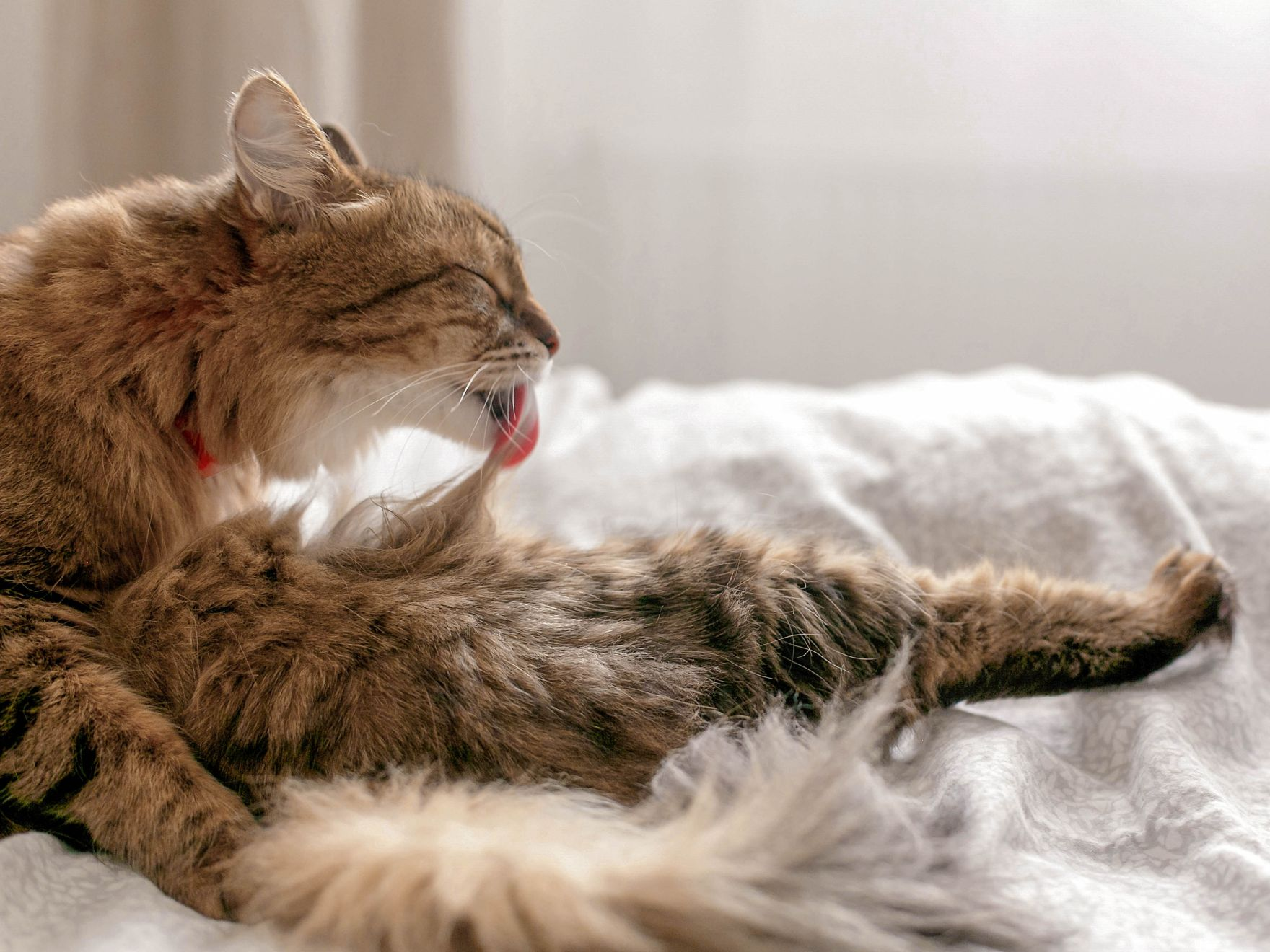
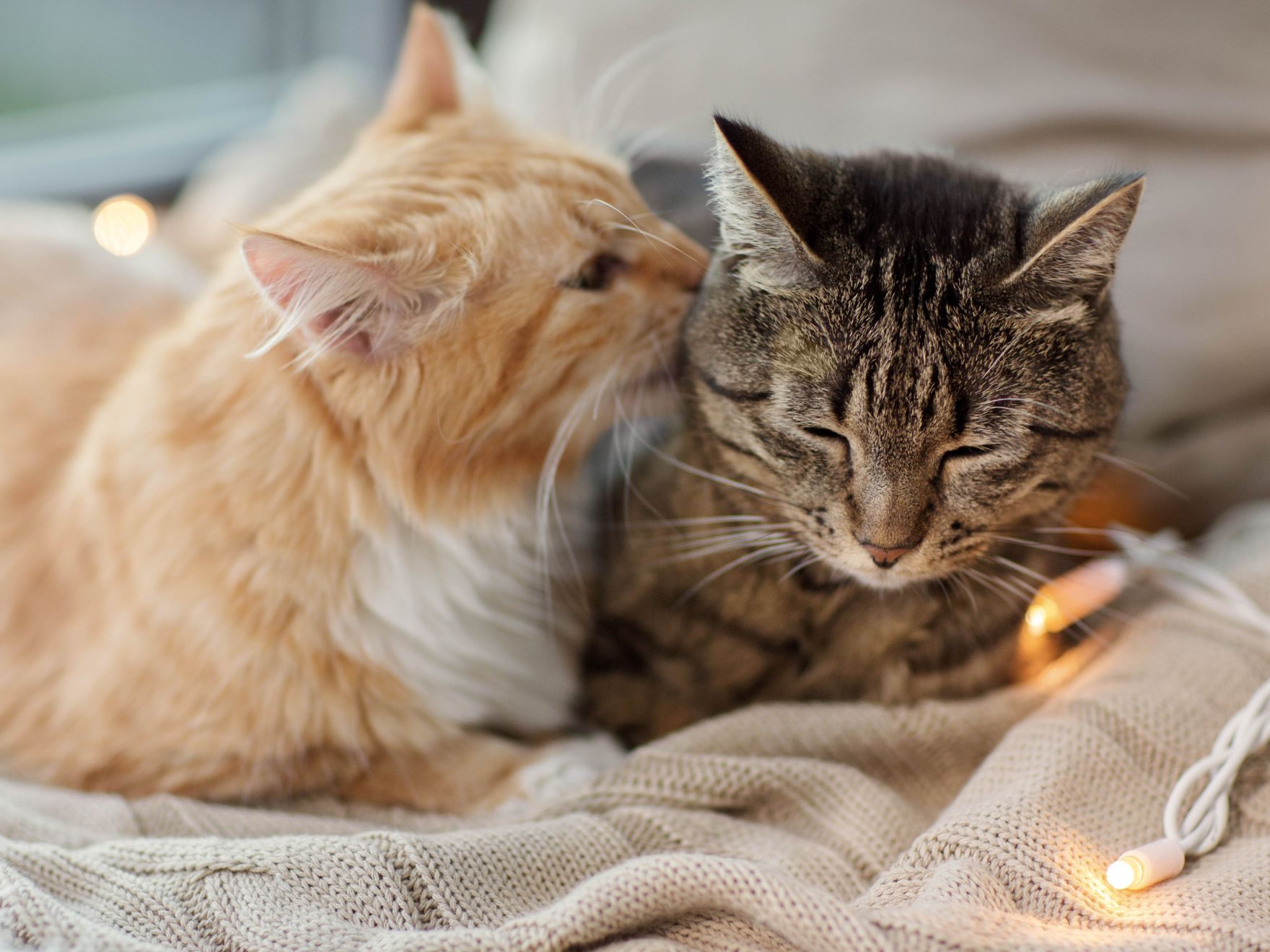
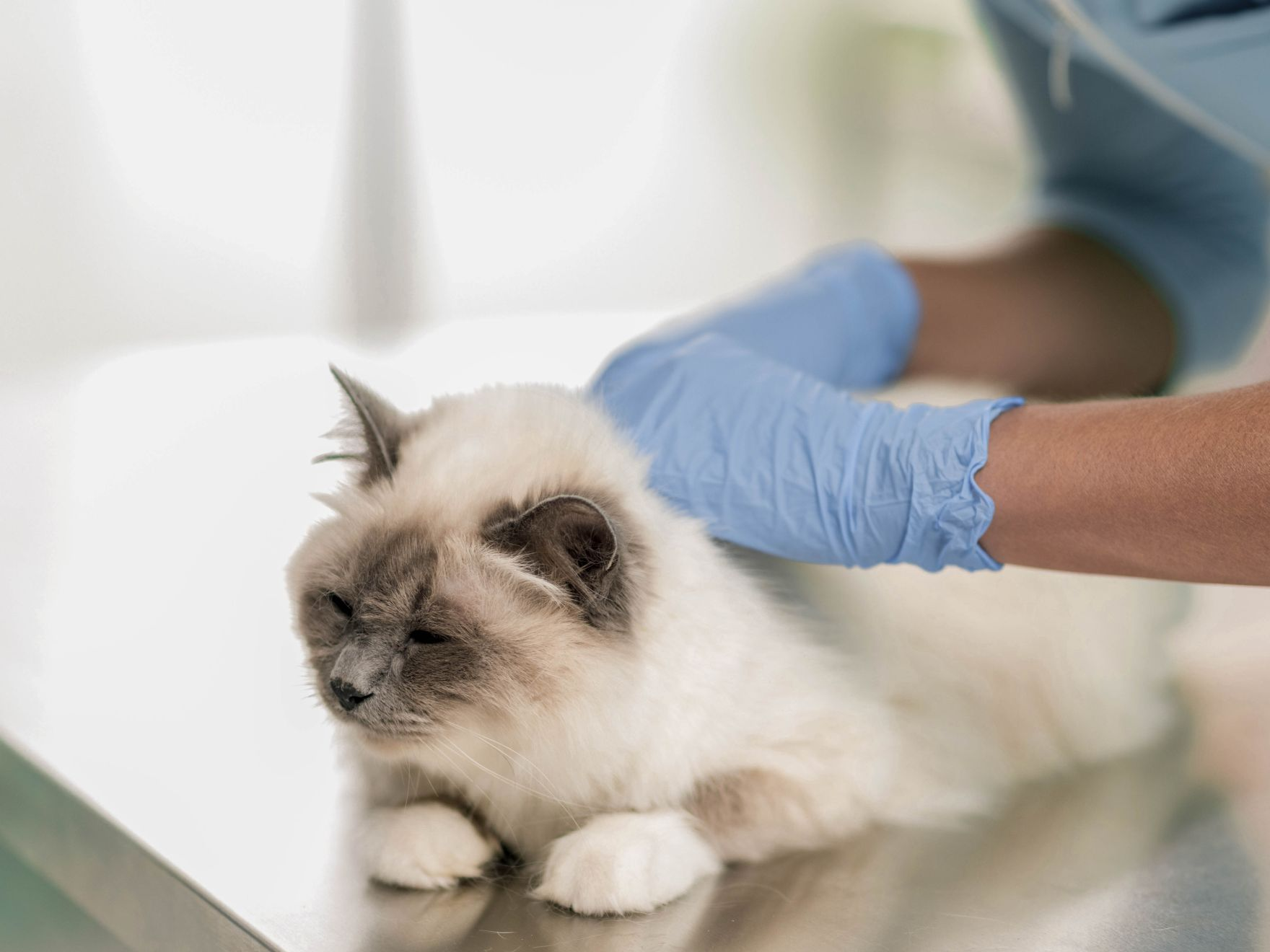
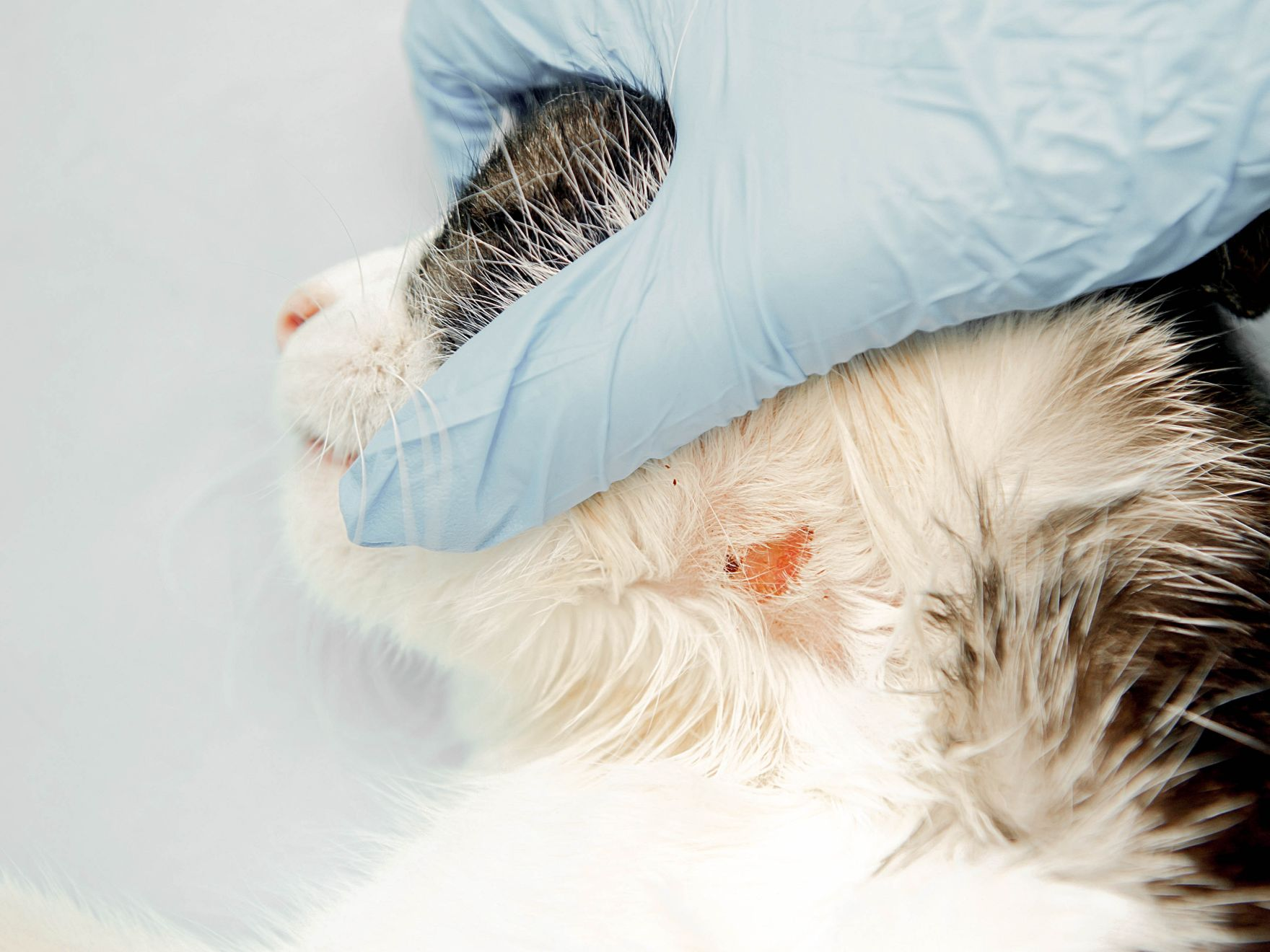
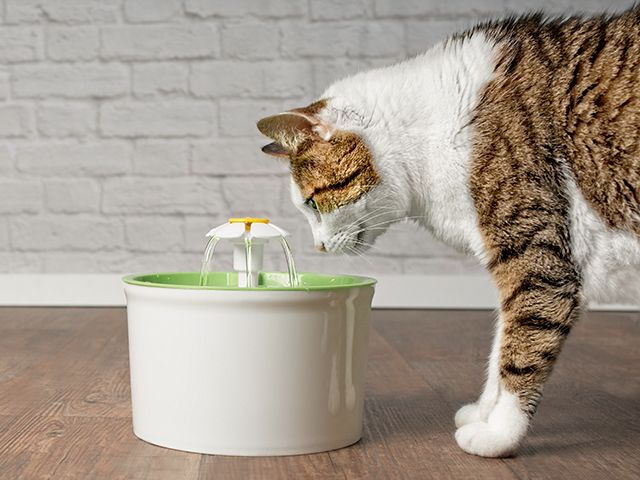
Like & share this page